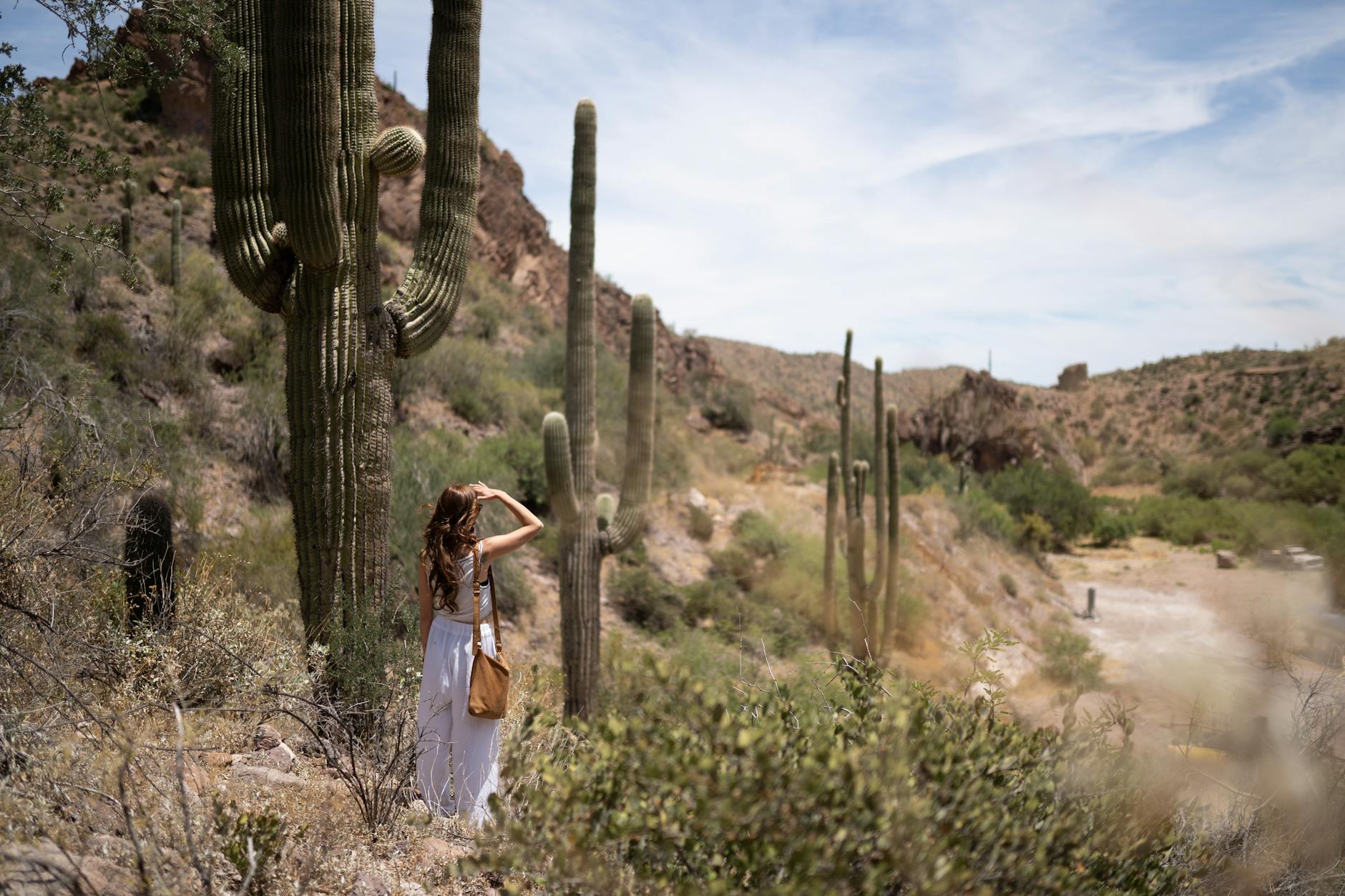That Time a Hiker Nearly Froze to Death on Mount Washington—In July
You’d think with half the East Coast baking under a heat wave, the last place you’d worry about hypothermia is a mountain in New Hampshire. But Mount Washington doesn’t play by the rules. Earlier this week, a Texan backpacker—yeah, from Austin, where “cold” means 50 degrees—got rescued from near-fatal hypothermia up there. And let me tell you, the details will make you rethink that “quick summer hike” idea.
How Do You Get Hypothermia in Summer? Let Me Explain…
The hiker—experienced, mind you, not some rookie—figured it’d be a straightforward day hike. But here’s the thing about Mount Washington: it’s got this personality. One minute you’re sweating, next thing you know, the wind’s howling at 50 mph and your damp t-shirt might as well be an ice vest. By the time they called for help near Lion Head trail, they were shaking so bad they could barely hold the phone.
And that’s the scary part—it happens fast. One minute you’re fine, next you’re confused, slurring words, making bad decisions. That’s hypothermia for you.
Why Mount Washington is Basically Nature’s Angry Toddler
They don’t call it “Home of the World’s Worst Weather” for nothing. This mountain holds the record for strongest wind gust ever recorded—231 mph back in ’34. To put that in perspective, that’s Category 5 hurricane winds. On land. In New Hampshire.
Since 1849, over 160 people have died here. Last summer alone, two hikers didn’t make it back. The crazy part? Both were wearing shorts when they started.
The Rescue: Like a Military Operation, But With More Freezing
When the call came in at 3:17 PM, here’s how it went down:
- 3:42 PM: Weather guys confirm it feels like -10°F up top (in JULY!)
- 4:05 PM: Rescue teams head out with those shiny space blankets
- 5:30 PM: They find the hiker—body temp at 89°F, which is “moderate” hypothermia but honestly sounds terrifying
Six different teams worked together in what I can only imagine was complete chaos—whiteout conditions, freezing rain, the works. The hiker’s at Dartmouth-Hitchcock now, probably rethinking their life choices.
Doctor Explains Why You’re Wrong About Hypothermia
I talked to Dr. McKenzie, who specializes in wilderness medicine, and she broke it down: “At 40 degrees with wind? Wet skin loses heat 25 times faster. Add altitude and exhaustion? Recipe for disaster.” Here’s what blew my mind—20% of hypothermia cases happen in summer. Most people don’t realize they’re in trouble until it’s too late.
What You Should Actually Pack (From Someone Who Learned the Hard Way)
After hearing this story, I went down a rabbit hole of hiking safety. Here’s the real advice—not that generic “be prepared” nonsense:
- Wool is magic: Unlike cotton, merino wool keeps you warm even when soaked. Worth every penny.
- Check the summit forecast: The valley weather means nothing. Nothing.
- Turn around early: Most deaths happen because people refuse to admit defeat. Ego kills.
The Takeaway
This story had a happy ending because the hiker did two smart things—they packed an emergency beacon, and they called for help before it was too late. But here’s the real lesson: mountains don’t care about your plans. They don’t care if it’s July. And they definitely don’t care if you’re “just going for a quick hike.”
Shoutout to the rescue teams who risked their butts out there. But the best rescue is the one you never need—so maybe pack that extra layer, yeah?
Useful Stuff If You’re Not Scared Off Yet
- Mount Washington’s Obsessively Detailed Weather Page
- How Fast You’ll Freeze Calculator (Chilling in Every Sense)
- Actual Useful Safety Tips (Not Just Common Sense)
Source: Fox News US













One thought on “Texas Hiker Battles Hypothermia in Deadly Heat – How Rescuers Pulled Off a Miracle”